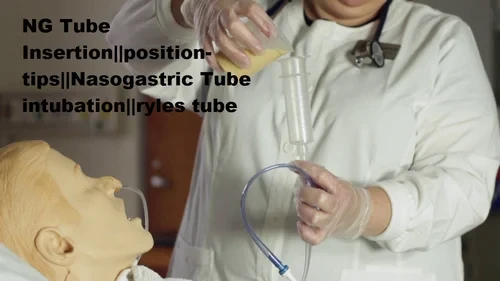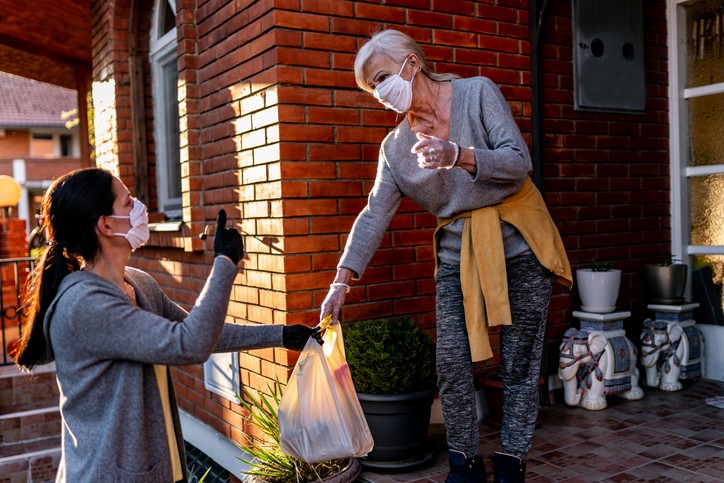Blog

Ryle's Tube insertion
A Ryle's tube, also known as a nasogastric tube, is a flexible tube inserted through the nose, down the esophagus, and into the stomach. It's primarily used for feeding, medication administration, and draining stomach contents. The insertion process involves measuring the appropriate tube length, lubricating the tip, and gently guiding it through the nostril and down the esophagus, often with the patient swallowing to aid passage. Proper placement is crucial and verified through various methods like pH testing, auscultation, or X-ray.
Here's a more detailed explanation:
Purpose:
Feeding: Providing nutritional support when a person is unable to eat or drink normally.
Medication Administration: Delivering medications directly to the stomach.
Drainage: Removing stomach contents (gastric secretions, air, or ingested substances).
Procedure:
-
1. Preparation:
Explain the procedure to the patient and obtain consent.
-
Position the patient comfortably, usually sitting upright.
-
Measure the correct tube length by measuring from the nose to the earlobe, then to the xiphoid process (bottom of the sternum).
-
Lubricate the tip of the Ryle's tube with a water-soluble lubricant.
-
2. Insertion:
Insert the lubricated tube gently through one nostril.
-
Direct the tube towards the back of the throat and down the esophagus.
-
Encourage the patient to swallow (or sip water) to help guide the tube down.
-
Continue advancing the tube to the predetermined length marked on the tube.
-
3. Verification of Placement:
Auscultation: Inject a small amount of air into the tube and listen over the stomach with a stethoscope for a gurgling sound.
-
pH Test: Aspirate stomach contents and test the pH, which should be acidic (below 5.5).
-
X-ray: An X-ray can confirm the tube's position, especially in hospital settings.
-
4. Securing and Care:
Once the tube is properly placed, secure it to the patient's nose with tape.
-
Regularly check the tube's position and function.
-
Follow proper hygiene and infection control procedures.
Important Considerations:
-
Contraindications: Ryle's tube insertion is not recommended if there is a suspected or confirmed basilar skull fracture.
-
Complications: Potential complications include epistaxis (nosebleed), esophageal rupture, and accidental placement in the trachea.
-
Verification is essential: Confirming proper placement is vital to prevent serious complications, such as aspiration pneumonia.
-
Training and Expertise: Ryle's tube insertion should be performed by trained healthcare professionals.
Leave A Comment
Your email address will not be published. Required fields are marked *
Search
Popular Blog
Subscribe Now
Get the updates, offers, tips and enhance your page building experience

